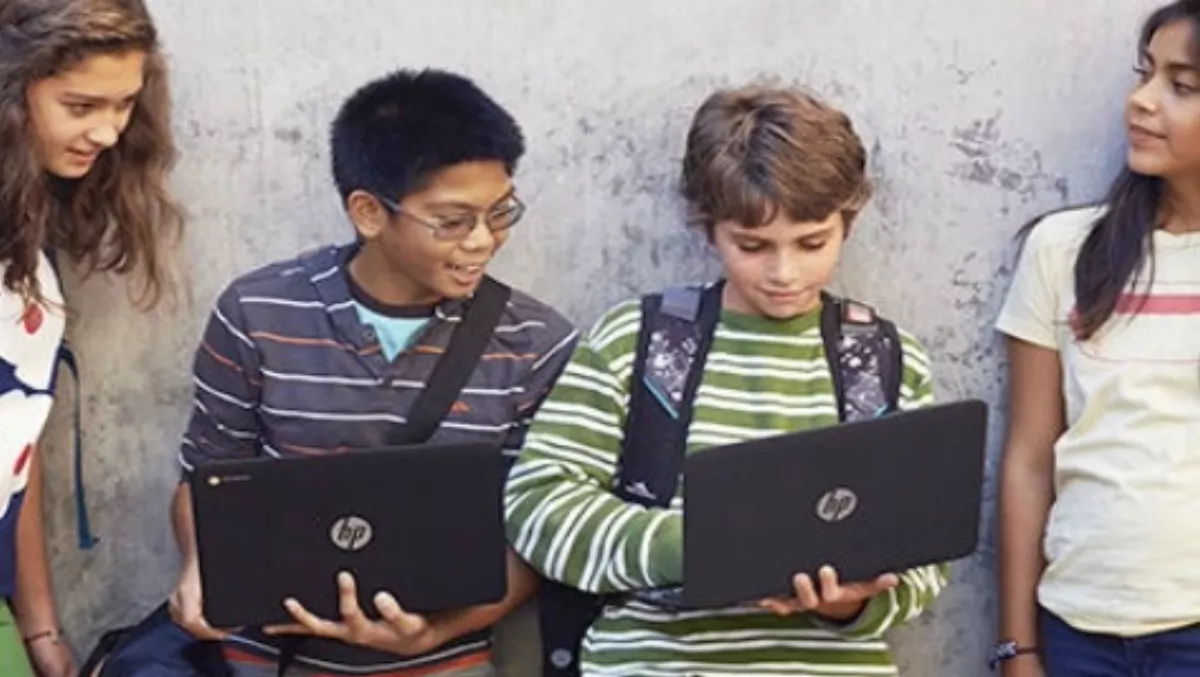The proliferation of technology has changed the way educators teach, how students learn, and how teachers, administrators and students communicate with each other.
A wide range of technology is now available for use within schools, and laptops and tablets have become vital teaching and learning tools.
Most major tech companies nowadays offer education platforms that can be utilised within the classroom. Google offers a wide range of apps specifically designed for use within an education environment. Likewise, Apple has developed thousands of applications that can be used by teachers to manage workloads and aid in their students' learning.
HP also has a keen interest in the role technology plays in the classroom, delivering over 25 million devices to students in the last decade.
“HP provides solutions that reinvent the way students learn and teachers teach,” it says in a blog post. “We believe that, when total access is combined with true learning, meaningful social and economic outcomes result for schools and communities.
HP's flagship education platform is the HP Classroom Manager, designed to ‘redefine' the digital classroom, prevent unwanted distractions, and enhance student learning.
“Technology helps us to do and achieve more, to work smarter and more efficiently,” the company says. “HP technology is built to unlock meaningful outcomes by providing total access to content, curricula, and peers.
HP Classroom Manager offers benefits for educators, IT administrators and students. Teachers are able to evaluate student comprehension, encourage collaboration, and monitor student activities.
The software allows education administration staff to easily support teachers, as well as remotely monitor and access devices, including deploying and updating software onto all network devices.
With HP Classroom Manager, students are able to discreetly communicate with teachers and ask for help, share ideas with other students, and save time on notes and homework assignments.
This kind of technology unlocks content and learning resources to teachers and students, even in the most rural and remote areas. Technology in the classroom allows educators to personalise content to meet the individual needs of the student, help them develop high-level cognitive skills and create a richer educational experience both in and outside the classroom.
Total access to learning opportunities combined with true learning leads to meaningful outcomes, HP says. Technology allows teachers to analyse student performance to create indicators that help ensure investments in education pay off.
“We're here to provide the level of support you need to turn your initiatives into success stories,” HP says, “and to help you create a road-map to increasing student achievement and improving outcomes through the most effective use of technology.

